Photo

The tailors at Colonial Williamsburg made a suit for their cat
48K notes
·
View notes
Text
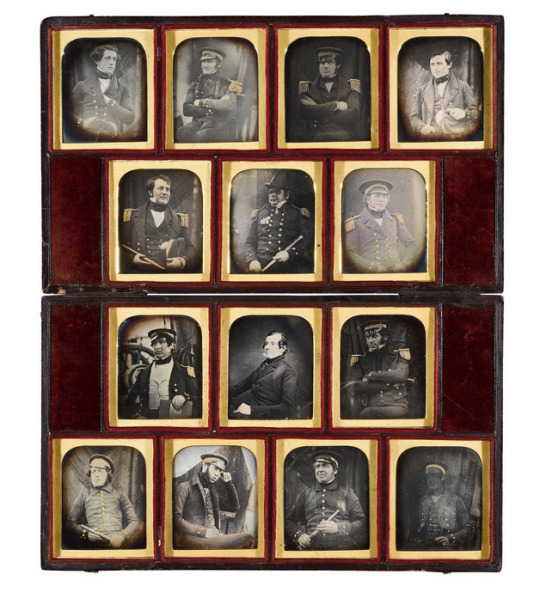

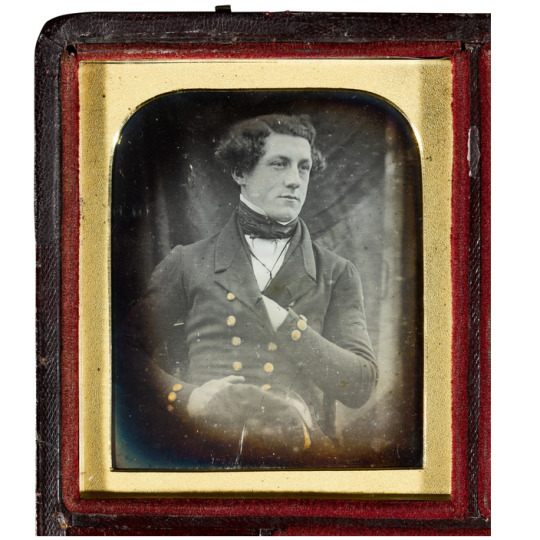
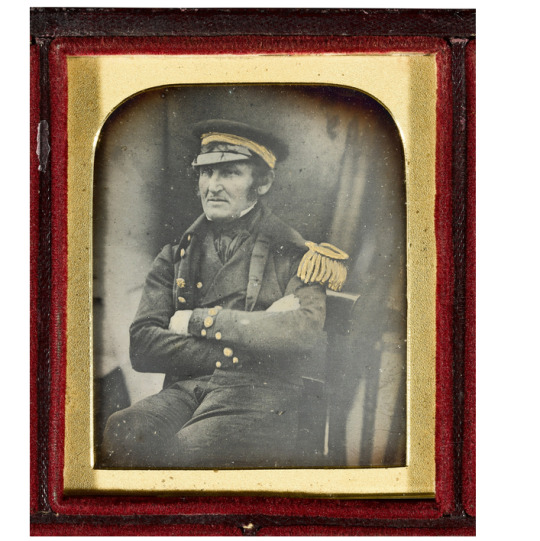


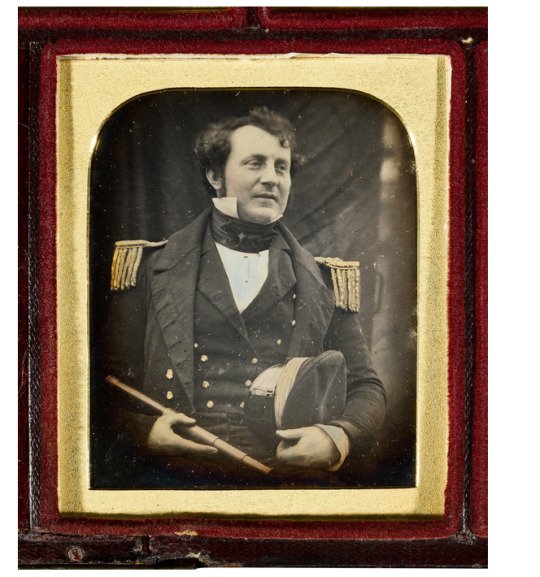

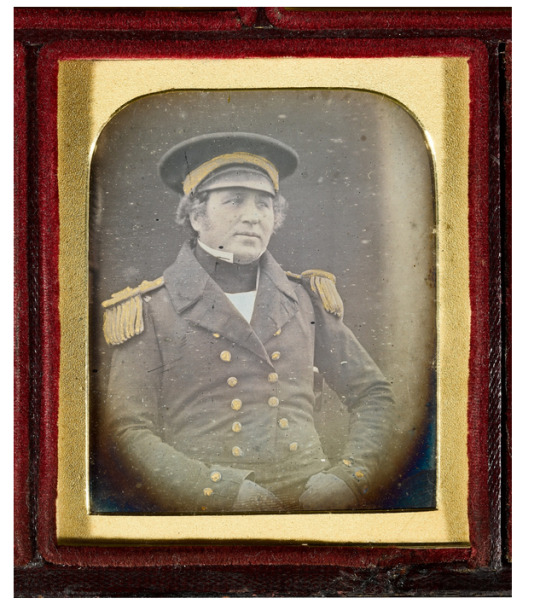
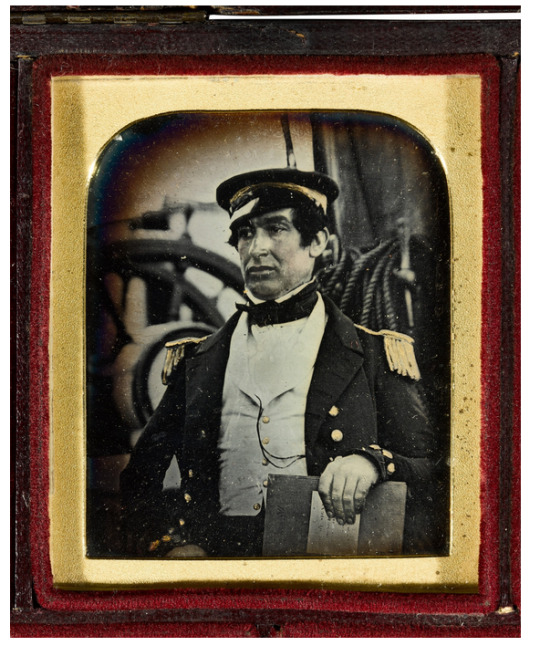






A unique set of 14 daguerreotypes of the officers of the Franklin expedition, 1845
This remarkable set of three-quarter length daguerreotype portraits was made, en plein air, by the Beard Studio aboard Her Majesty’s Ship, the Erebus, on 15-17 May 1845, just three days before Sir John Franklin sailed on his legendary scientific voyage to the Northwest Passage, never to return.
@clove-pinks
#well anyway there they are#franklin expedition#daguerreotypes#wonderful to see all of them in such great quality#except for sargent#sorry about that#at least he has the distinction of being special
485 notes
·
View notes
Text
Horsfield’s tarsier (Cephalopachus bancanus)
source
4K notes
·
View notes
Text
Terror Lieutenant Playlists
Can't stop thinking about The Terror lately. Somehow this has resolved itself into making playlists for the Terror lieutenants.
They're hopeless. They're horrible. They're delightful. They're disasters. Sometimes they rise to an occasion. More usually, they slip flailingly beneath the merciless waves of fate and their own shortcomings. Or strengths that become shortcomings in the wrong situations. They try really, really hard.
It's not enough. It's never enough.
Anyway you can listen here--
Little
Irving
Hodgson
(I think I "get" Hodgson much less than the others. I think Little's and Irving's musical tastes would be earnest and [mostly] straightforward, but Hodgson is into all kinds of esoteric oddities, of which I am too square to be aware. So if his is too mainstream, I'm sorry.)
#the terror#george hodgson#edward little#john irving#terror lieutenants#are these songs they would like or songs that describe parts of their narrative arcs?#both i think#i hope#also in regards to irving--the real-life irving crept into more of the song choices simply because there's more info about him out there.#anyway 'the birks of invermay' wipes the floor with 'hampstead is the place to ruralize' as an ostensibly cheerful pastoral ditty#that can abruptly swerve into melancholic evocation of death. just ask robert fergusson.
14 notes
·
View notes
Photo
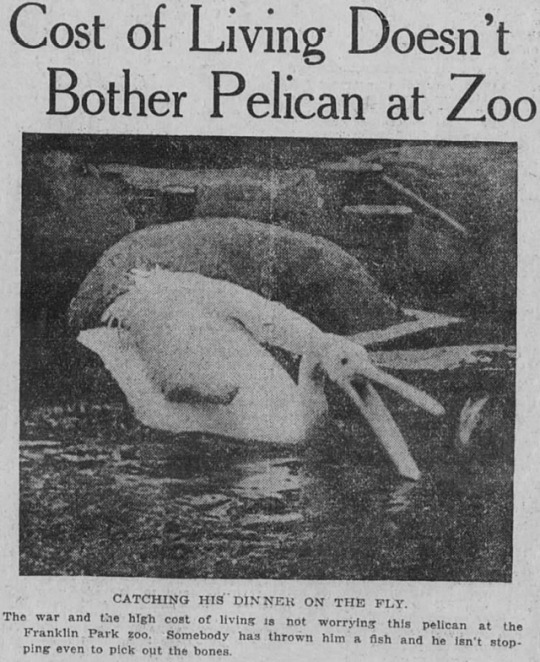
Boston Post, Massachusetts, July 7, 1918
10K notes
·
View notes
Text
Some of the pages and covers of Percy Shelley’s notebooks (1811-1822) — accessed through the Digital Bodleian Library
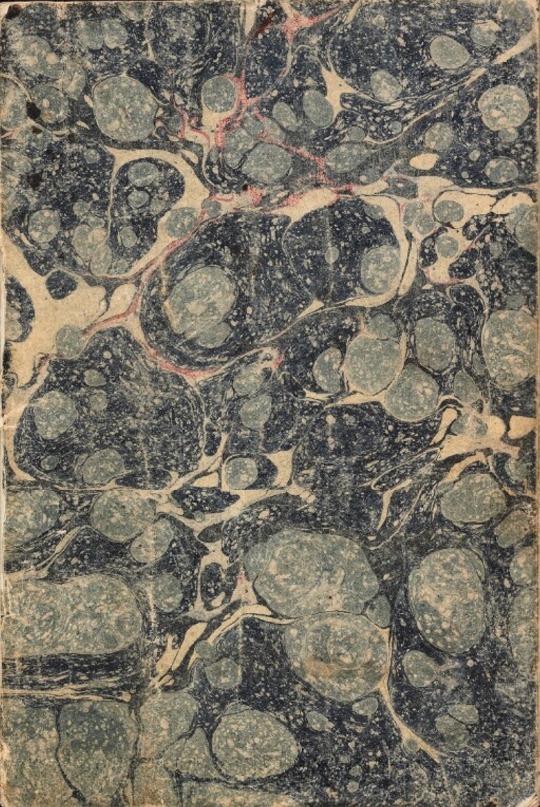
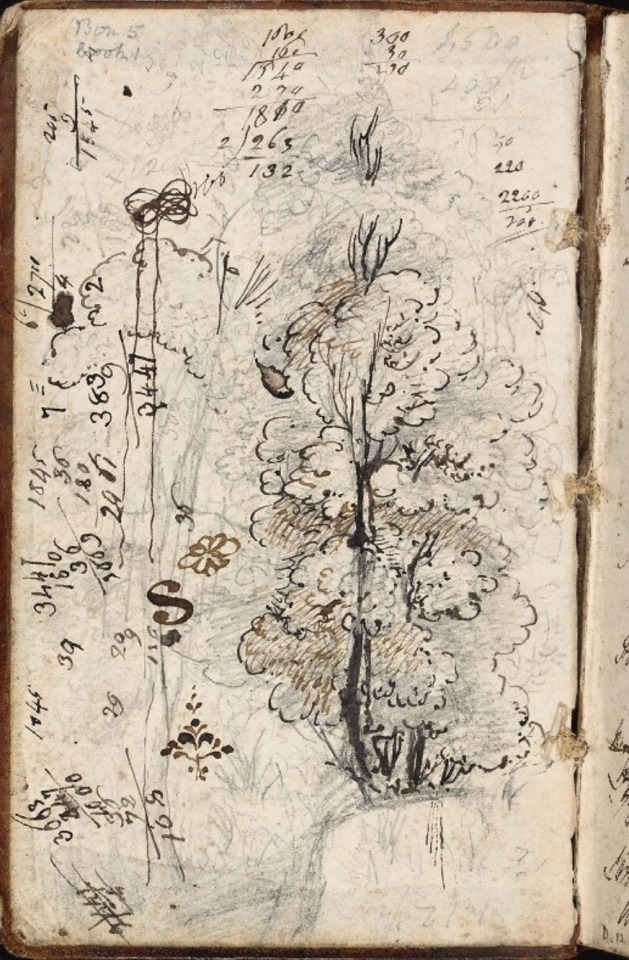

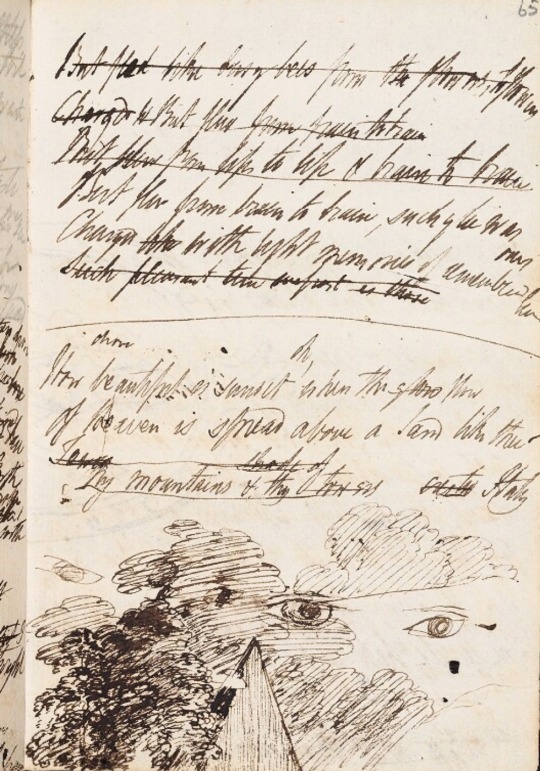
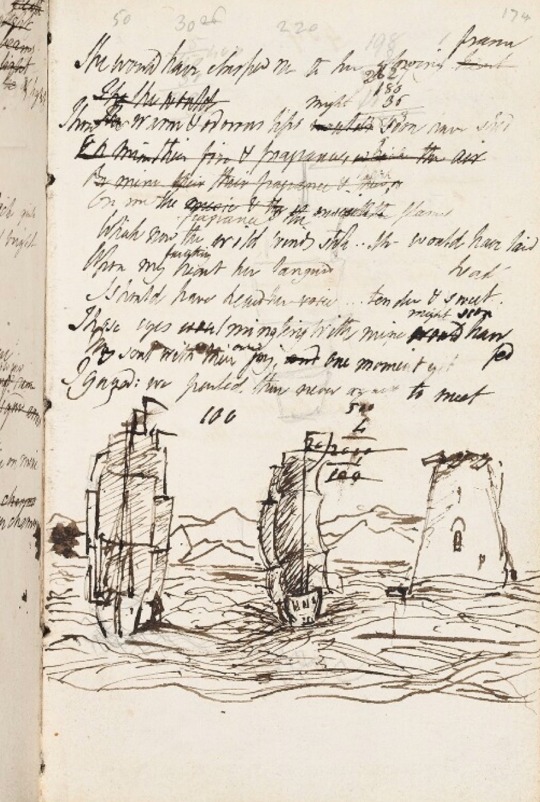
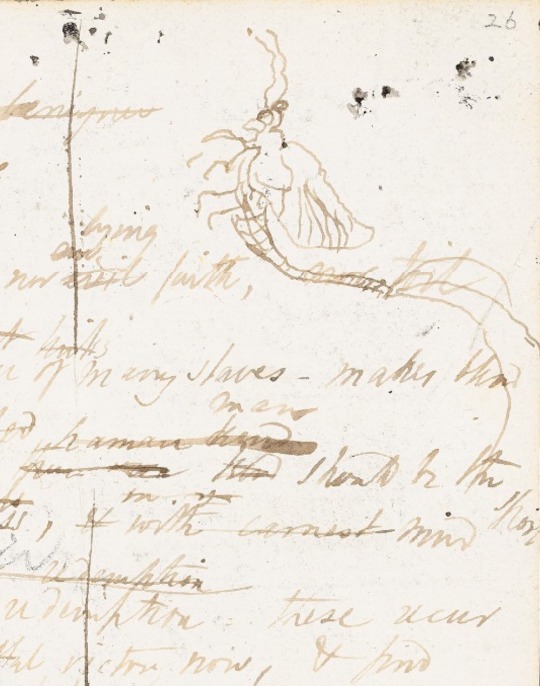

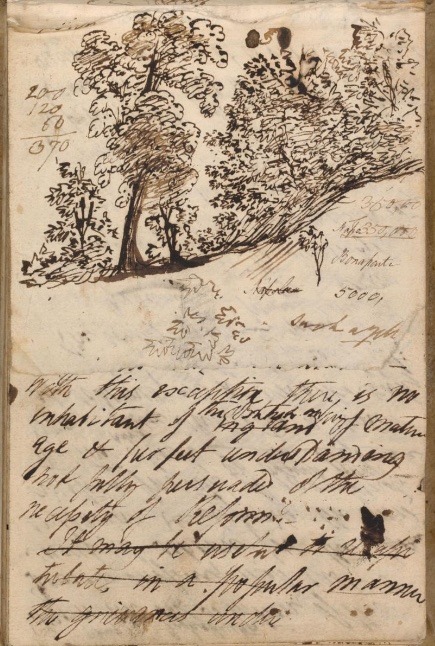


4K notes
·
View notes
Photo

1929 Los Angeles, California bathroom. From Art Deco, FB.
#Art Deco#Blue#I'd like to live here. no not whatever house/apartment this is in. In this bathroom. Thanks.
880 notes
·
View notes
Text
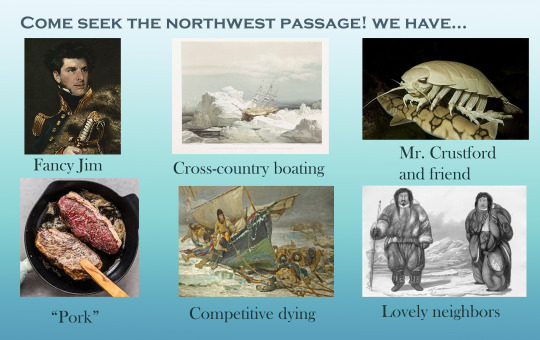
I forgot I made this to impress my grad cohort
1K notes
·
View notes
Text
RARE BIRD SEEN FOR FIRST TIME IN 140 YEARS
33K notes
·
View notes
Photo

In this festive season, enjoy this review of the Hull Little Theatre’s 1927 Christmas play, featuring Colin Clive in several roles quite different from those he would become famous for playing. From the Hull Daily Mail, published December 27, 1927. Transcript follows; apologies for the long text post but the article is very difficult to read in the clipping.
Feast of Fun and Fancy
“A Christmas Party” at the Little Theatre
All that a child could dream about the festive season is incorporated into “A Christmas Party,” which was produced at the Little Theatre, Hull, on Christmas Eve for a fortnight’s run. It is a charming show, brilliantly produced, and the work attached to the preparation of its innumerable delights must have been enormous. From the kiddies’ point of view the whole conception of the piece gives unalloyed delight, while the adult spectators will derive interested pleasure in watching the versatile efforts of artists usually associated with dark tragedy or subtle comedy. Personally, I found the show a thoroughly delightful entertainment, and the revival of the old Harlequinade (played by Colin Clive as Joey and Frederick Piper as Pantaloon) was a particular cause for enjoyment. The two actors, who emerged from a giant Christmas cracker, clowned their way through the second half of the programme with rare style, and their patter song about the Little Theater personalities was remarkably clever.
Contrary to custom this Christman party is not a pre-arranged one. It is the sudden thought of two children--Christopher and Evangeline--who are confined to their room with an attack of measles. Unable to join in the round of festivities themselves, they invite Santa Claus and the inhabitants of the toy cupboard to an impromptu party, and the result is absolutely amazing. Father Christmas makes a dramatic entry, in traditional fashion, and then the fun begins, waxing “furioser and furioser,” until it is time for everyone to go home. Patricia Bradfield, the clever young actress who was such a “hit” last season, makes a welcome return to play the part of Evangeline, while Merle Tottenham, another capable artist, acts skilfuly as the little boy. They sing and dance with charm, and their work has the requisite ingenuousness. As the host and hostess, they have a lot to do, particularly at the brilliantly arranged supper table, when the dolls become somewhat peevish and the Golliwog finds the lemonade going to his head. Father Christmas, splendidly played by Richard Fisher, also has to help to keep matters smooth.
Many of the people appeared in several characters. Edith Sharpe was a good-humoured, but garrulous Irish nurse, and a bold Robin Hood, and her songs were warmly applauded. As Anthony Rowley, the frog who would a-wooing go, Colin Clive was most engaging, and his energy as a Jack-in-a-Box was a source of wonder. Frederick Piper made a fine King Cole, and also a splendid toy soldier. In the latter character, Mr. Piper, in conjunction with Peggy Smith, who made an attractive doll, gave us an amusing dance, which was heartily encored. When the Three Blind Mice came in it took Colin Clive all his time to hold back the Cat, which Peter Taylor Smith played most convincingly. This actor took also the part of Mr. Noah and had a good partner in Millicent Jones, who sang in a pleasing fashion. The importation of a conjurer from China caused great excitement, and James Hudson executed some clever illusions which were greatly appreciated. The following also had interesting and amusing parts: Eva Jeafferson, Hilda Whatmore, Gwen Sibley, Ursula Granville, and Barry Barnes, while the following pupils of the Hull School of Music had small parts, and presented some skilful dances: Jessie Selle, Nancy Shores, Marjorie Simpson, Enid Grantham, Audrey Appleton, and Arthur Burrell.
The musical accompaniments were played by Mr. Dennis Boocock with rare sympathy and skill. --C.E.R.
4 notes
·
View notes
Text
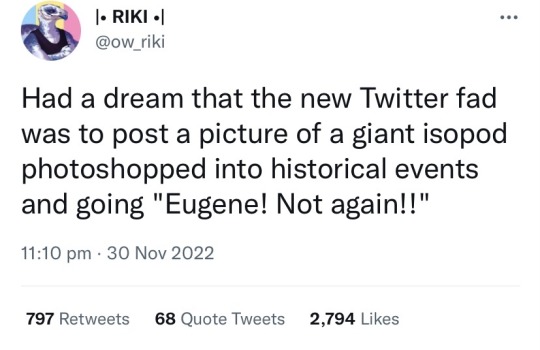
If this was originally posted on tumblr it would have become the big new trend within hours
[Image description: a tweet from Twitter user @ow_riki reading: ‘Had a dream that the new Twitter fad was to post a picture of a giant isopod photoshopped into historical events and going “Eugene! Not again!!”.’ It has 2,794 likes, 68 quote tweets and 797 retweets. End ID]
42K notes
·
View notes
Text
Hands up for today's #MicroMondays! A little blue d on the palm of the Guidonian hand, f. 122r of Ms. Codex 1248. This is a great little manuscript of music and prayers, written for the use of a monk who taught music.
Online:
47 notes
·
View notes
Photo

1930 French silver plated skyscraper mantel clock. From Art Deco, FB.
283 notes
·
View notes
Video
Our very own Oddish! This little guy is on f. 42 in LJS 419 - Erbario, aka an illustrated herbal, or book of plants, written in Italy in the 15th century.
Online: https://bit.ly/3OxRd4S
453 notes
·
View notes
Photo


Peter Lorre (26 June 1904 – 23 March 1964)
94 notes
·
View notes
Photo


For those of you who are interested, this is a painting donated to the Worthing Museum and Art Gallery (Worthing, Sussex, England) “in memory of Colin Clive, by his family.”
See the painting, “Lambley’s Lane, Sompting” by C. A. Morris, here (note the “Acquisition method”):
https://artuk.org/discover/artworks/lambleys-lane-sompting-70196/search/venue:worthing-museum-and-art-gallery-3698/page/6
Also, there’s an article from the Worthing Gazette describing the donation by Colin Clive’s father, C. P. Greig. Transcript below:
In Memory of Colin Clive
Those who were privileged to see Colin Clive as Captain Stanhope in “Journey’s End,” will be grateful to Lieut.-Colonel C. P. Greig for presenting to the Worthing Art Gallery a picture in memory of his actor son who died so tragically at the height of his career.
Grateful because a tablet on the picture will remind us perpetually of a fine actor on stage and screen whose passing was a grievous loss to the profession; grateful, too, because of the choice of picture, a brilliant landscape by C. A. Morris, a well-known member of the staff of the Worthing School of Art, which epitomises in itself the things for which the characters of “Journey’s End” fought and died.
Soon it Will Go
“Lamley’s Lane, Sompting,” the picture Colonel Greig has chosen, is redolent of the countryside, and the fact that soon a by-pass road will cut across the rural aspect, Mr. Morris has caught so happily seems, somehow, to make the picture emanate the very spirit of the play in which Colin Clive became famous.
The picture is now on view at Messr. Aldridge’s Little Gallery in Warwick-street, and will be removed to the Art Gallery after the August exhibition there of works by the Society of Sussex Painters.
10 notes
·
View notes
Link
This is fascinating. Every time I look at it I see something new.

6 notes
·
View notes